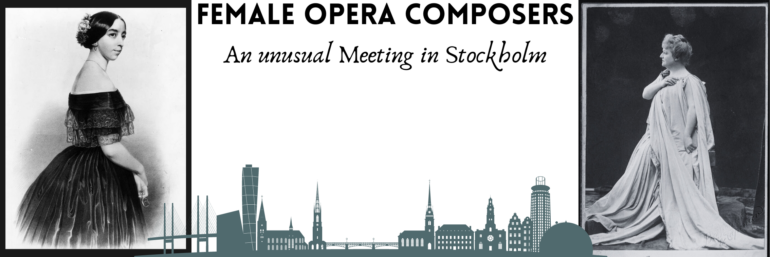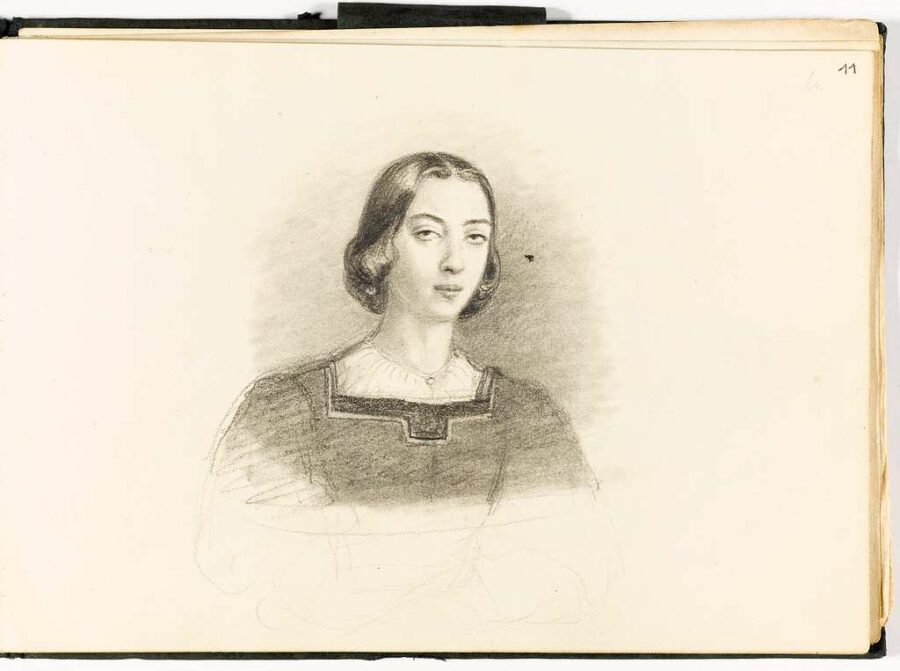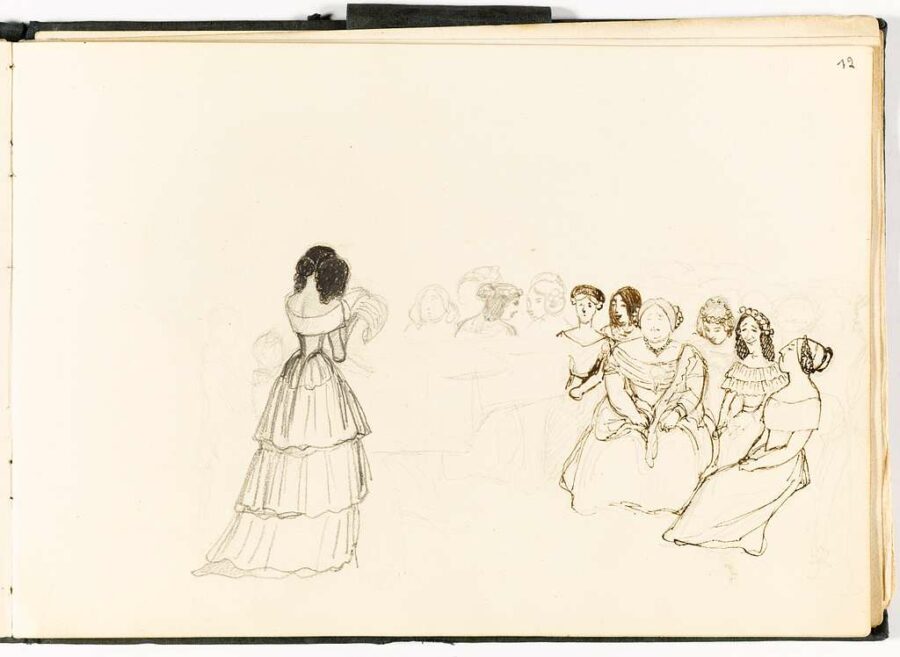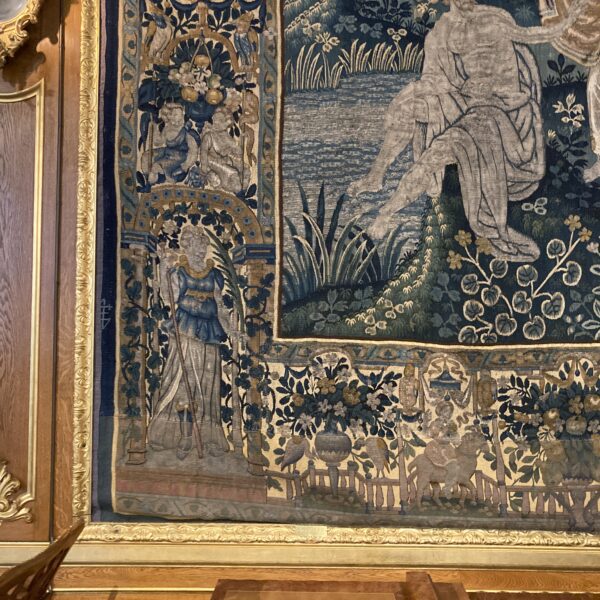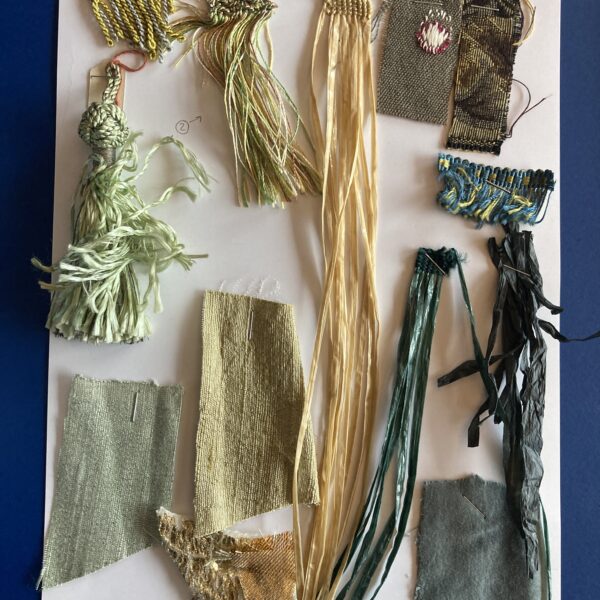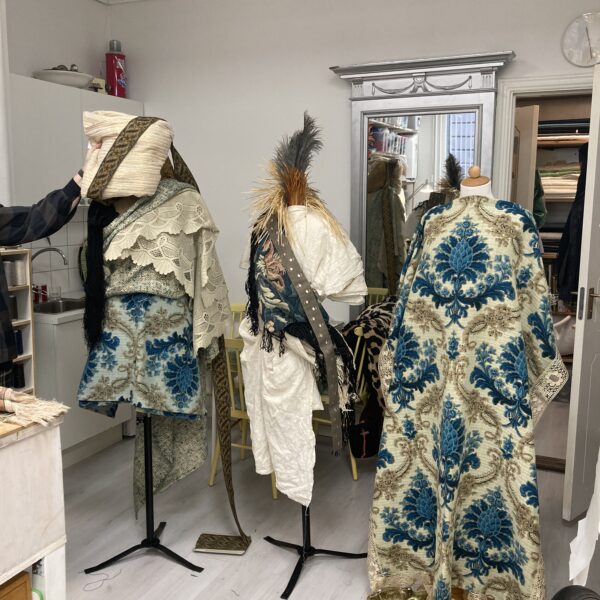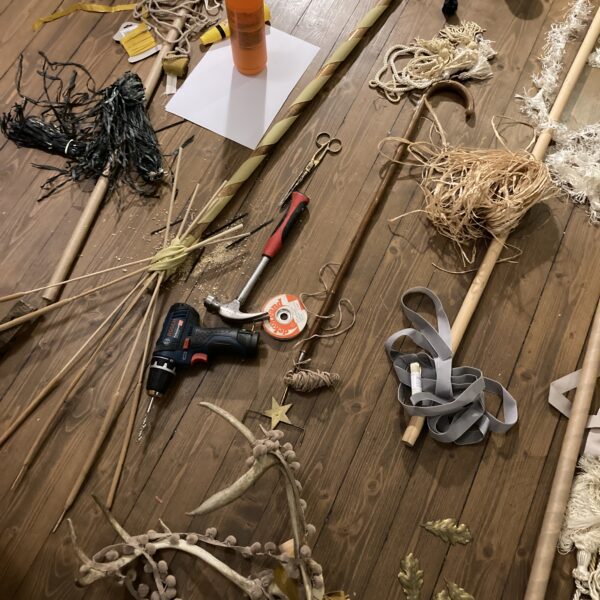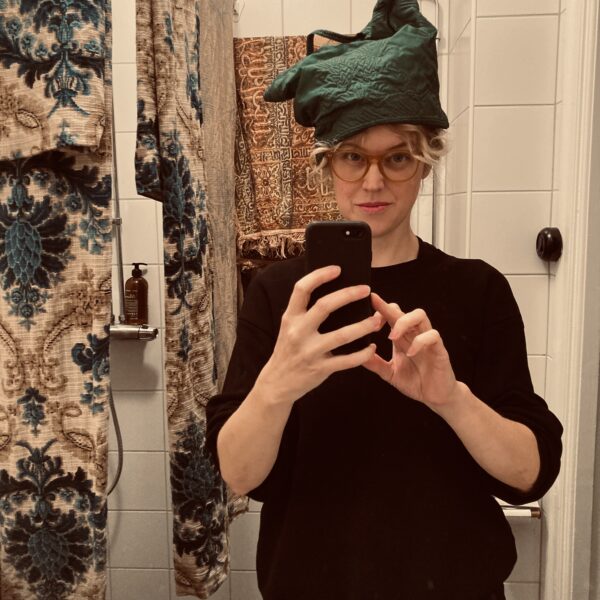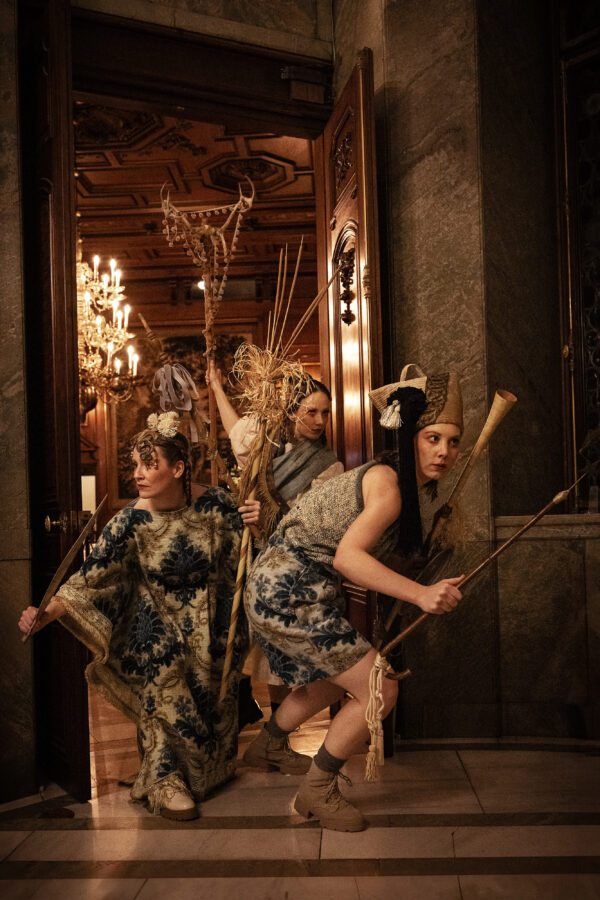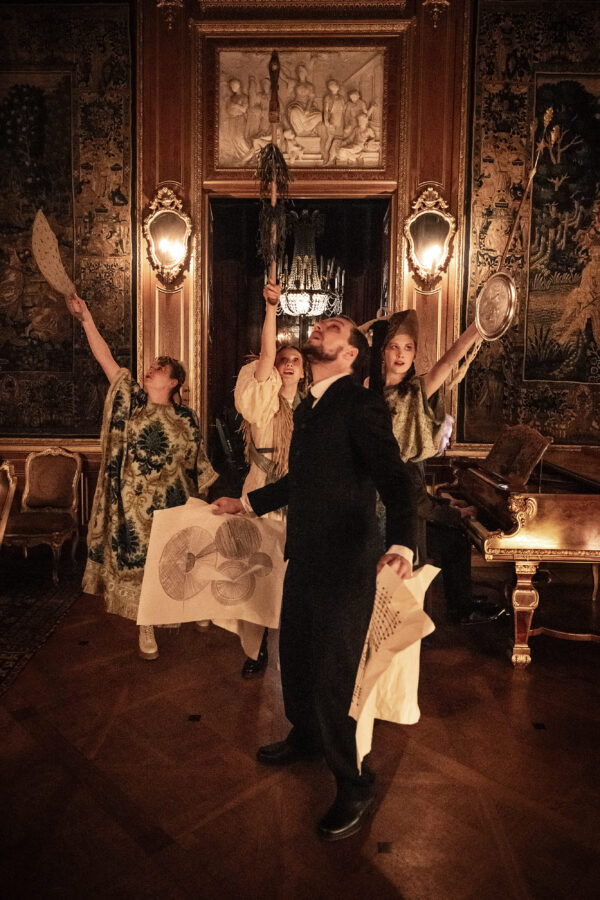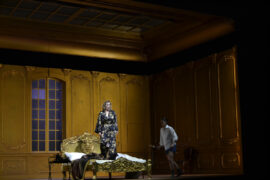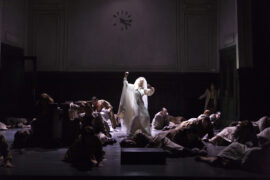Works by female composers are still hard to find on stages all around the world. But even in ‘gender equality haven’ Sweden, continuously topping the European ranks in that regard?
Yes, even here! That is why since 2016 Den Andra Operan (DAO), a freelance opera company based in Stockholm, is creating more visibility for historic female composers, presenting their works in small and large-scale education formats and scenic productions all around Sweden. Upcoming on the 12th and 13th of May: Their mini-festival titled ‘En Annan Operahistoria, En Annan Operaframtid’, or ‘A Different Opera History, A Different Opera Future’, at Hallwyl Museum in the heart of the Swedish capital. Here, they will not only present their 2023 premiered production of Pauline Viardot’s Le Dernier Sorcier (1867) but also an Unboxing concert lecture on Augusta Holmés’ La Montagne Noire and Clémence de Grandval’s Mazeppa and panel talks on current developments in the opera world in regards to female composers.
The Location: Hallwyl Museum
Hallwyl Museum
Visions of the future and the past coming together in the heart of Stockholm – that’s what might best describe the essence of Hallwyl museum. Technically an urban mansion, it has the grandeur of a small palace, bringing together historicising room design and modern conveniences of its era.
Just follow the Hallwyl’s butler on a tour through the mansion to get a feeling for the unique location of the mini-festival:
Finished in 1898 it served as a private residence for Wilhelmina and Walther of Hallwyl and took on its ‘real’ purpose after Wilhelmina’s death in 1930: that of a museum! Because that was her vision almost right from the start, she had the mansion designed in a way that allowed it to host her ever growing collection of art and artefacts, her life’s purpose. With her staff, she meticulously catalogued, described and numbered every item in the house – from kitchen equipment to personal objects and artwork –, joining an international trend of private large-scale collectors, forging a place in history for herself and a physical space for her passion, just like Viardot had who was about twenty years her senior.
A Protagonist: Pauline Viardot
Pauline Viardot
Often labelled: Singer, Pianist, Composer, Teacher, Music Educator, Researcher.
Sometimes: Composer, Singer, Music Educator, Researcher, Teacher, Pianist.
Or even: Music Educator, Researcher, Pianist, Teacher, Composer, Singer.
Pauline Viardot was many things and although she didn’t call herself a professional composer: she was. Her compositions were published in several countries and languages, as she herself was multilingual and internationally oriented. With an impressive, broad-ranged voice, she had roles written for her by Berlioz, Meyerbeer, Gounod and many more and might have contributed to their musical arrangement. After a stage carrier of over 20 years, she moved to Baden-Baden with her husband, younger children and friend/lover Ivan Turgenev, a Russian author. There, she concentrated on composing and teaching and started organising performances of her works with her children and students. In 1869, she even had a private theatre built in her garden, the ‘Théâtre Viardot’.
Two questions for…
Bente Rolandsdotter, artistic leader of DAO and responsible for the set and costume design of Le Dernier Sorcier.
Does Pauline Viardot belong in the museum?
How does the music and your costume and set design correspond with the surroundings?
Hanna Fritzson, musical leader of DAO and responsible for the Unboxing concert lecture at the mini-festival.
Out of what boxes are you ‘unboxing’ Clémence de Grandval and Augusta Holmés?
Who would win a musical battle out of the two composers and their works Mazeppa and La Montagne Noire?
Impressions of the Festival
Are you ready and prepared for the show? Then follow me on my way to and through the Hallwyl Museum!
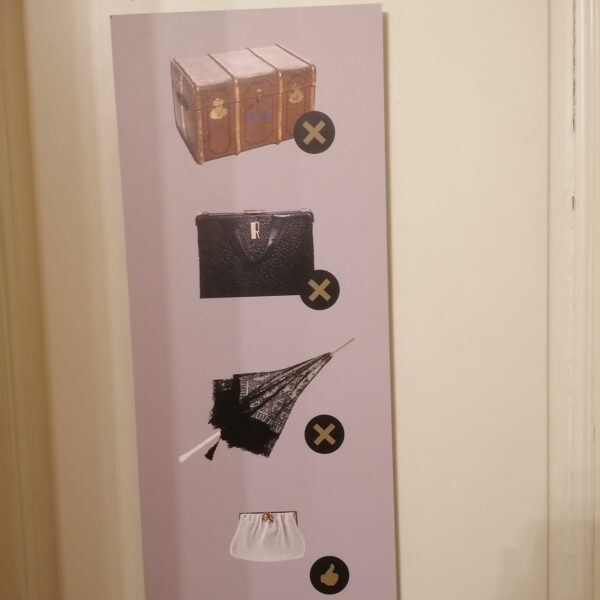
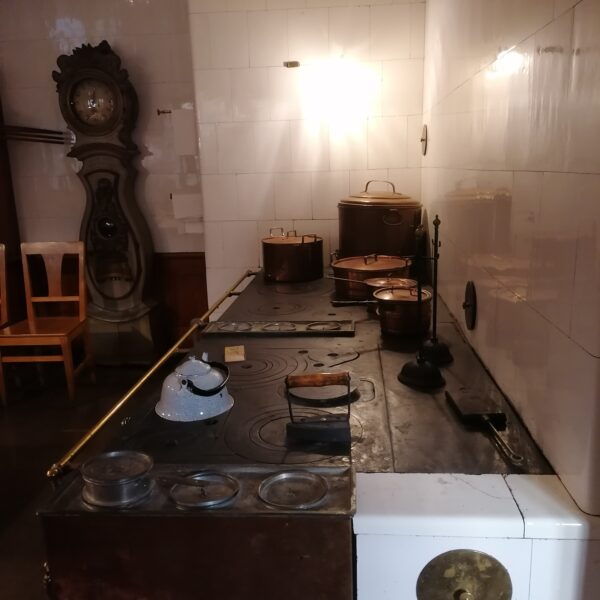
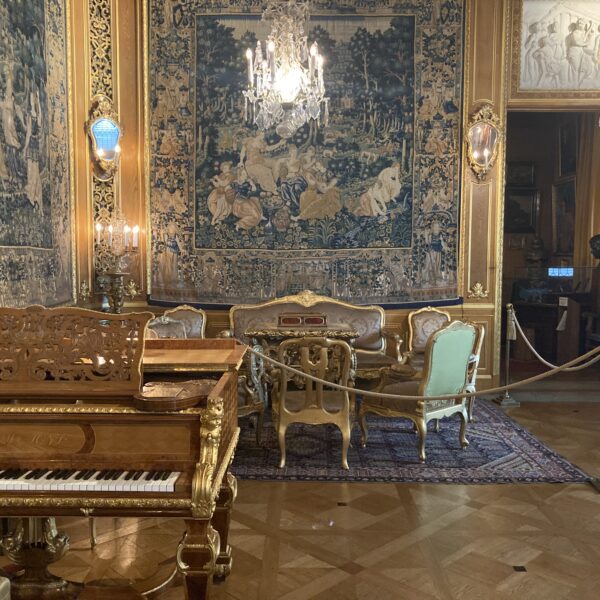
What you saw…
Challenges of Staging an Opera in a Museum
- Finding your way through a palace with a million doors and secret passageways while preparing the show – you should definitely follow a museum staff member with a key, otherwise you might never make it back out! But one sure feels like a VIP guest (or prisoner?) who always gets escorted everywhere…
- Eavesdropping at doors, waiting until regular visitors have moved on, to quickly move some chairs and equipment.
- Manoeuvring parts of the set design through narrow servant stairwells, cabling lights without knocking over ancient artefacts.
- Coming up with a detailed concept on how to move the audience through the house so as not lose any of them – and deciding on how often to tell them not to touch anything without being annoying.
- Wanting to stop at every corner to take pictures of impressive rooms and art pieces!
What you heard…
On the Question of Language
Originally in French, DAO translated the libretto of Le Dernier Sorcier to Swedish. Therefore, meet: Den Siste Trollkarlen! Without the option of surtitles in the museum environment, they made sure that people (except me, the non-Swedish-speaking part of the audience) could follow the story. Understanding little, but having grown up with Lord of the Rings and Eragon, books that heavily lean on Scandinavian languages for their elven tongues, for me, the Swedish translation evoked associations with mystic forests and magical creatures a lot stronger than the French original. Just listen to the fairies introduce themselves:
It’s also really amazing how the languages interact differently with the music: the French seems to emphasise the flow of the melody, the open vowels make the words elegantly melt into each other, forming a layer over the partly rhythmised music, while the Swedish works a bit against the flow, with a staccato-sound mirroring the music’s rhythmic parts, evoking playfulness.
What do you think?

Take Away Order
Multiple servings of Pauline Viardot’s Le Dernier Sorcier to share – this operetta needs to be heard more often!
Intriguing appetizers of Mazeppa and La Montagne Noire, next time hopefully as main course! Have a taste yourself…
Satisfying three course meal of Hallwyl Museum impressions: staging opera in (nowadays) unusual places is immensely enjoyable!
Huge portions of ‘brain food’: the thought-provoking panel talks surely gave the audience enough nutrients to keep pondering over the question of female representation on opera stages for a while! Let’s hope they spread the word…
Photo credits: Drawing of Viardot/ Photograph of Holmés: Public Domain Dedication; Drawings of Viardot: Public Domain Dedication, curtesy of Paris Museums; Photos of costumes: Bente Rolandsdotter, DAO; Photos of the Museum: private/ Bente Rolandsdotter; Photos of the Production: Carl Thorborg
Music credits: DAO, the full Swedish version will soon be available on Spotify, the French version (also by DAO) is also found here: https://www.youtube.com/watch?v=KIfe00hto1M

